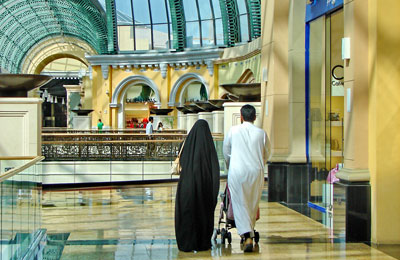
Saudi economic growth seen at 3.6pc in 2013
Riyadh, February 7, 2013
The real GDP in Saudi Arabia is expected to grow at 3.6 per cent and 3.4 per cent respectively on the back of high oil prices as well as a surge in government infrastructure spending and public sector wage growth, said a report.
These will continue to generate solid growth going forward, stated the National Bank of Kuwait (NBK) in its monthly review.
However, while the economy still has considerable near-term momentum, longer-term growth prospects depend upon enhancing the role of the private sector through structural reforms, it stated.
In addition, the rising government spending and a continued reliance upon oil revenues have focused attention on the government’s fiscal position, which the IMF predicts could move into deficit by 2017, said the Kuwaiti lender.
NBK said it was expecting a one per cent drop in real non-oil GDP this year and 2 per cent the year after.
As oil prices have softened, Saudi’s output has eased back from its mid-year highs. Crude oil production stood at 9.7 million barrels per day (mbpd) in November, down from 9.9 million bpd in June.
"Barring a major global downturn, we expect Saudi Arabia to remain comfortable with oil prices at around $100 per barrel (pb) – well above the kingdom’s likely budget breakeven oil price for the next couple of years. This should imply only gradual declines in Saudi oil output as the authorities attempt to balance a slightly looser global oil market," said the NBK report.
Following two successive years of increases, the real oil-GDP is seen declining by 1 per cent in 2013 and 2 per cent the year after.
According to NBK, the indicators such as ATM and point-of-sale figures, bank lending, and the purchasing managers’ index suggest that private non-oil sector activity levels remain solid.
But the boost from 2011’s exceptional government spending measures may be fading and – combined with supply bottlenecks and slightly tighter project funding conditions – non-oil growth is expected to edge down to 5 per cent this year from 6 per cent in 2012, the Kuwaiti bank cautioned.
Despite the economy’s broad health, the fresh employment regulations, to penalize firms that hire more expatriates than nationals, could weigh on the corporate sector growth in 2013, it stated.
Meanwhile, NBK said the inflation was likely to rise to a moderate, if manageable, 5 per cent in 2013 and 2014.
Inflation decelerated through most of 2012, falling to 3.8 per cent y/y in October from 5.4 per cent in February. The decline was driven by falling inflation in the ‘housing’ and ‘other’ subcomponents, said the NBK report.
The latter could be related to a reduction in import prices linked to the strengthening of the riyal between mid-2011 and mid-2012, which has since partially unwound. Strong economic growth, upward pressure on wages for nationals and a modest rebound in import prices are expected to push inflation to a moderate, if manageable 5 per cent in 2013 and 2014, it added.
Commenting on the spending, NBK said the budget surplus was expected to decline from 14 per cent of GDP to 7 per cent in 2013.
The government spending is projected to grow at a solid rate in order to finance infrastructure development and as the government seeks to boost employment and living standards, said the Kuwaiti bank in its report.
Meanwhile, revenues are forecast to decline as oil prices and production dip. We estimate that the oil price needed to balance the budget stood at $75 pb in 2012, and could move above $80 in 2013, the report stated.
"Softer oil prices and oil production, added to continued strong growth in imports will see the current account surplus shrink in 2013 and 2014. Nevertheless, it will remain large, at 10 to 15 per cent of GDP," it added.-TradeArabia News Service







